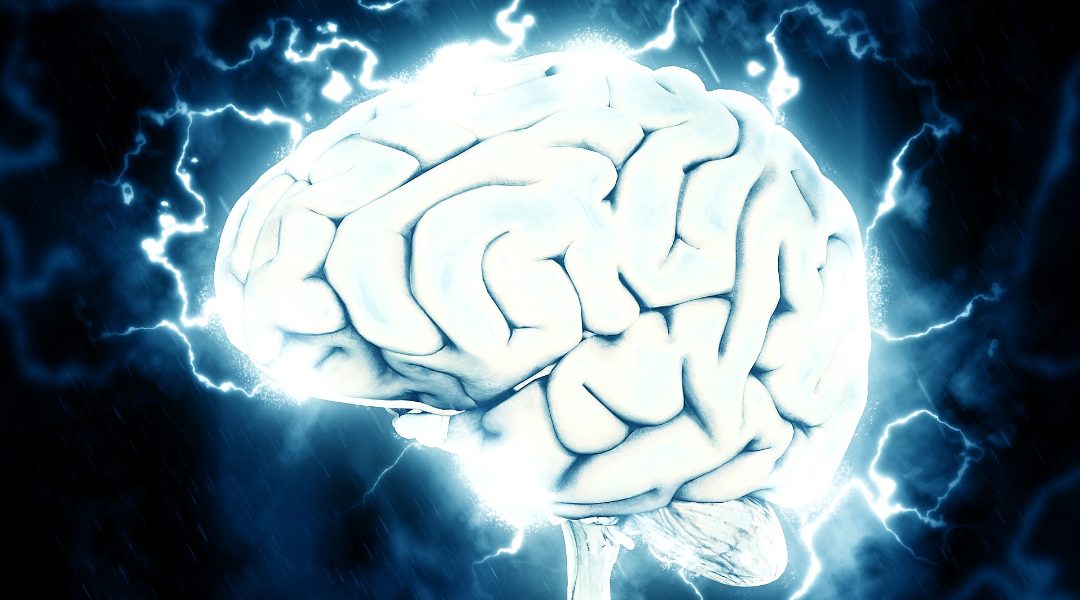How does the brain store and retrieve memories? This question has intrigued scientist for a long time. In their recently published review, Thiago F. A. França and José M. Monserrat shed some light on this question.
The authors specifically discuss what rules govern the allocation of memories in the hippocampus. Or, put differently, what determines the identity of the specific subpopulation of neurons selected to represent a given episode.
A commonly accepted idea posits that a percept represents distinct features and stimuli, and different cells in the population of neurons respond to these features.
In this way, any given percept can be represented by the activity of the appropriate neurons, and hippocampal neurons are thus responsive to different stimuli. More recent studies into memory allocation, however, have found that there is much more flexibility.
These newer studies provide indications that—in contrast to the model above—neurons do not represent fixed stimuli and are therefore not “hard-wired” to specific inputs.
By first discussing less complex systems, e.g., a circuit controlling backward motion responses in Caenorhabditis elegans, the authors develop a framework that integrates these different findings. While doing this, they point out that one should also take into account competition as well as synaptic plasticity.
Furthermore, they discuss the question of redundancy—they caution that any observed behavioral redundancy does not imply cognitive redundancy.
Rather, they argue that similar yet different memories (coded by different neurons) are likely to elicit different mental experiences when recalled, but may still induce the same behavior.
The authors conclude with a call for the development of more complex behavioral tests that would be able to provide evidence for or against the framework proposed in their article.
Please also take a look at the associated comment by Christoph Schmidt-Hieber

















